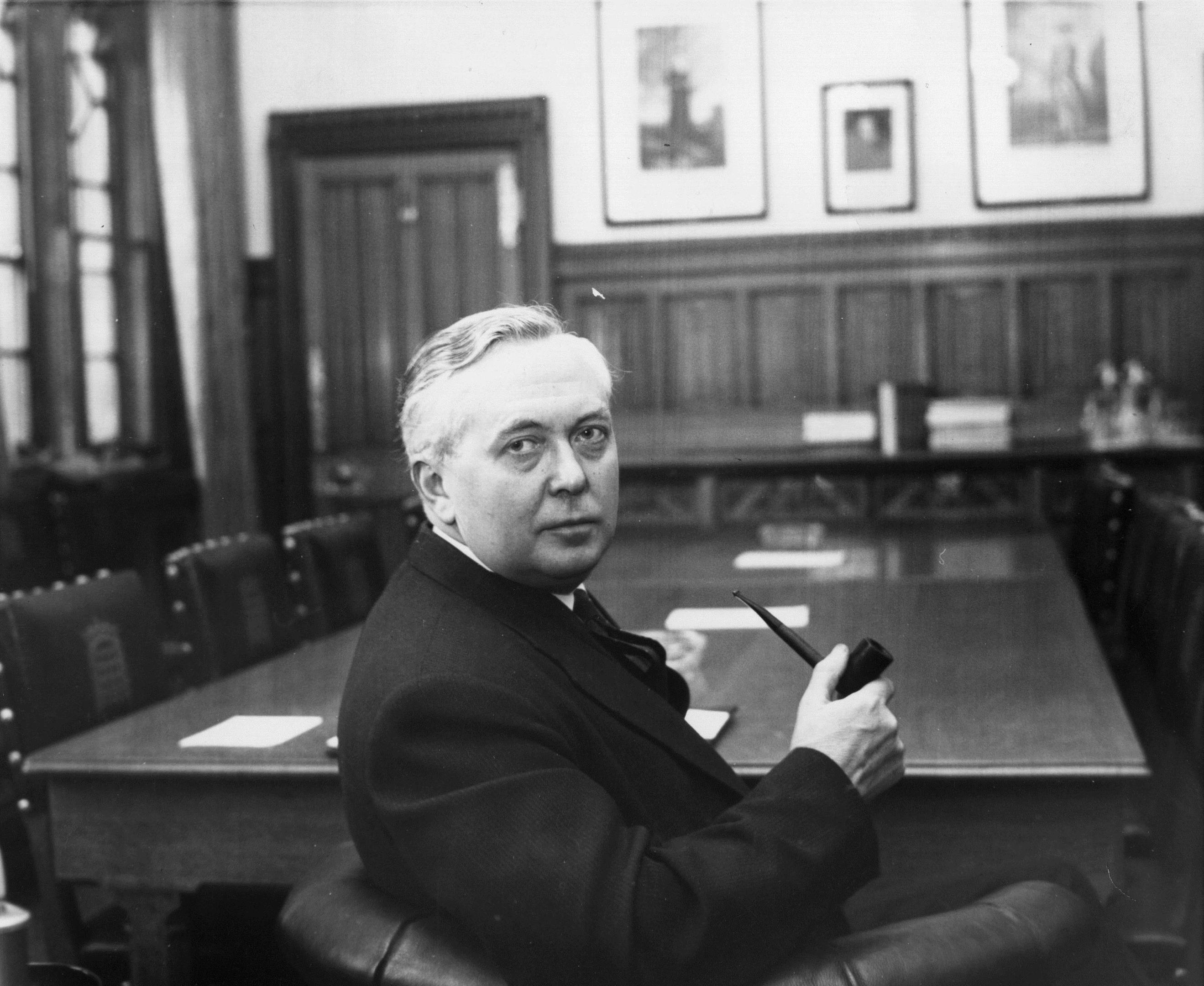
Beleaguered former prime minister Harold Wilson was urged by Whitehall officials to pare down a visit to the Soviet Union because of his failing memory, newly released Government files show.
Mr Wilson – by that time known as Lord Wilson – wrote to then-prime minister Margaret Thatcher for guidance having accepted an invitation to visit Moscow in 1986.
But advisers close to the Tory leader – Britain’s first, and before this month only, female prime minister – warned of the political implications of the visit.
Documents released by the National Archives in Kew include correspondence between Whitehall mandarins voicing concerns about Mr Wilson’s “failing memory” and his tendency “to indulge in irrelevant and repetitive reminiscence”.
Mr Wilson, who resigned as Labour prime minister in 1976, was known to have suffered with mental health problems in the final years of his premiership and died of colon cancer and Alzheimer’s in 1995.
One letter, from Colin Budd, the assistant private secretary to foreign secretary Geoffrey Howe, to his Downing Street counterpart Charles Powell, in November 1986 warned of potential problems with the trip, including “Lord Wilson’s own failing memory and increasing tendency (demonstrated during his last visit in 1983) to indulge in irrelevant and repetitive reminiscence at meetings with Soviet hosts”.
Previously, there had been private concerns about Mr Wilson’s close ties to the Soviet Union, to the point where MI5 kept a secret file on him throughout his time in office because of his friendships with eastern European businessmen and contacts with the KGB.
The letter added: “We believe that the Embassy should not be too closely associated with Mr WIlson’s visit, and that their involvement should be limited to what is required by the courtesy due to an ex-Prime Minister.”
Mr Budd described it as “rather sad” that the Government “should be put in this position, which we should much prefer to avoid”, and added: “But Lord Wilson shows no signs of calling a halt to his overseas travel.”
Handwritten annotations from Mr Powell to Mrs Thatcher appeared to underline the potential for problems a visit by Mr Wilson would cause.
He wrote: “Prime Minister, Oh dear! This is probably right, but perhaps Lady Young should speak directly to Lord Wilson to explain.”
However, Mrs Thatcher had other ideas. She replied: “It would better if the FCS (foreign secretary, Mr Howe) spoke to him.” She signed off with her trademark “MT”.
Experts believe Mr Wilson may have been showing the first signs of Alzheimer’s before his resignation as PM in 1976.
READ MORE
Here’s how Margaret Thatcher and Theresa May compare
Families urged to spend quality time together in support of Alzheimer’s charity

Enjoy the convenience of having The Sunday Post delivered as a digital ePaper straight to your smartphone, tablet or computer.
Subscribe for only £5.49 a month and enjoy all the benefits of the printed paper as a digital replica.
Subscribe